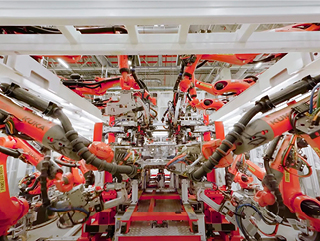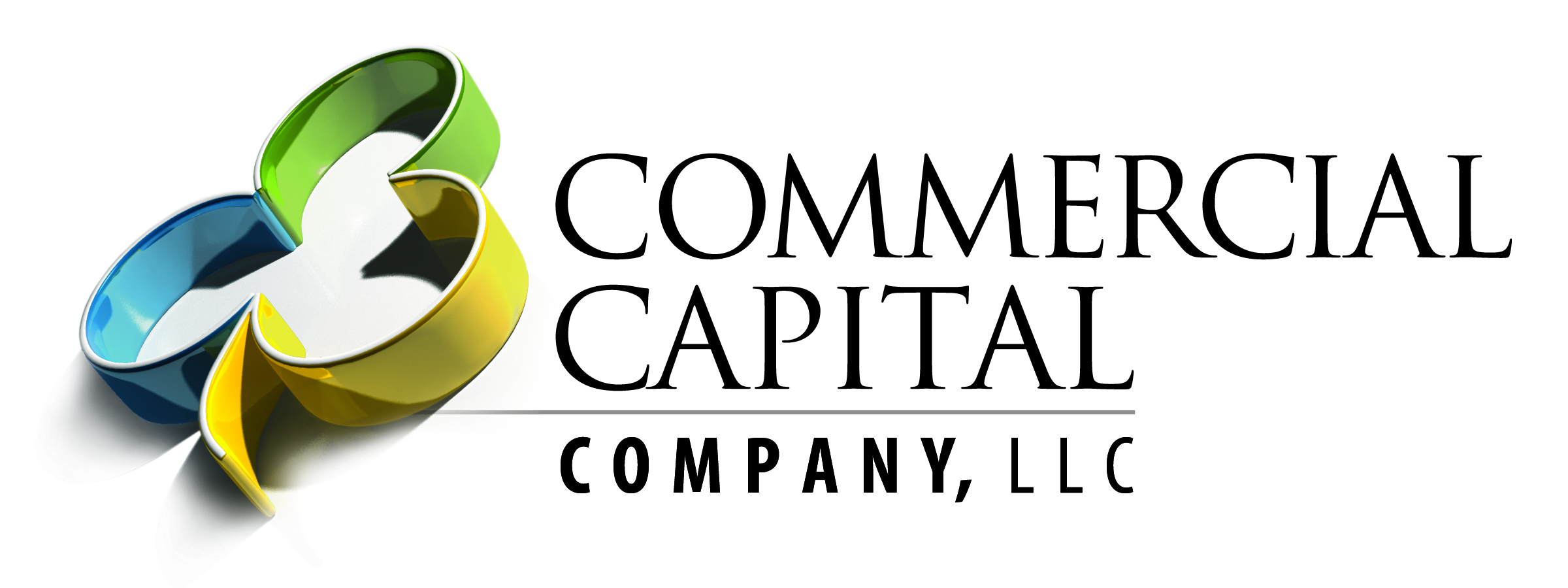Forecasting The Unknown
What’s Up With What’s Going Down?
 Manufacturers must react quickly to stay ahead in today’s ever-changing market. Whether reacting to product releases from a top competitor, new regulations, COVID variants, supply chain issues, or natural disasters, companies may need to reinvent their business operations and decide how to deal with the effects of these disruptions. Maintaining the status quo is not a path to success. Business agility is required to keep up with changes in the marketplace and customer preferences.
Manufacturers must react quickly to stay ahead in today’s ever-changing market. Whether reacting to product releases from a top competitor, new regulations, COVID variants, supply chain issues, or natural disasters, companies may need to reinvent their business operations and decide how to deal with the effects of these disruptions. Maintaining the status quo is not a path to success. Business agility is required to keep up with changes in the marketplace and customer preferences.
The ability of an organization to quickly adapt to market and environmental changes in productive and cost-effective ways leads to greater profitability. Agile business practices allow companies to navigate future challenges and maintain a competitive edge.
There are critical factors manufacturers should consider when planing future production to introduce innovative products to customers on schedule.
1. Business Model Assessment
It’s imperative that you do regular analyses of your business model to ensure that it is still aligned to market forces. Shortcomings in the manufacturing sector were made abundantly clear as the economy struggles to put COVID in the rear view mirror. Identify which processes and methods are flexible and rigid within your organization. This may include a deep audit of every vendor and supplier. Evaluating the business model is a sure fire way to predict how well the business will do in the future.
Good intentions and brilliant ideas may fail due to poor planning or mediocre execution. The strategy and implementation of the business model is crucial to the sustainable success of the idea. Based upon continuing consumer demand, how easily does the business model allow the owner to increase the size of the business without a significant impact on the bottom line?
2. Cash Is King
Cash flow is critical to survival especially as the economy struggles to get past this current inflationary cycle. Manufacturers are facing difficult decisions:
- Adjustments to staffing levels
- Navigating the complex supply chain environment
- Maintaining customer satisfaction and retention
Owners and CEOs need a realistic assessment of working capital constraints including the most accurate snapshot of accounts payable, accounts receivable and current inventory.
While consumer demand is still strong it may be time to reassess your equipment needs.
As the price of equipment rises, the purchasing power of tomorrow’s dollars will continually diminish. For business owners the reality is this: the lowest price for any needed asset is right now. Since prices have been increasing steadily for a while with no end in sight, now is the time to buy.
Extending your cash runway ensures your company lands safely in the new economic normal.
3. Expect Supply Chain Disruptions
Gazing into the crystal ball is more difficult than usual in the current environment. Manufacturers should consider a variety of scenarios to balance inventory and avoid tying up cash. Global supply chains could take years to sort out which leaves manufacturers reevaluating their forecast for expenses, materials and sales to understand as many outcomes as possible. Owners are incentivized to audit suppliers, eliminate inefficiencies and cut costs.
Evaluate and mitigate the risk involved with maintaining a vendor as single or sole sourcing option. Diversity is required to ensure continued production. Continue to factor in interruptions and potential cost increases into each scenario.
4. Work Smart, Work Safe, Stay Healthy
Revaluate safety policies and procedures as new COVID variants arise. Consider how many employees can safely work in the same limited space and have a plan in place when employees fall ill. Managers are getting creative with facility layouts and redesigning shop floors to accommodate social distancing and health protocols. What may have been prudent during the initial outbreak may not be feasible under current conditions. The shop floor and office experience will continue to evolve.
5. Be Opportunistic
 We can’t stop saying the phrase “new normal”, because we can’t quite put our finger on it. What are the new secret ingredients for success? Perhaps market research will provide insight for the development of new products. Or should digital marketing efforts be increased with an emphasis on email campaigns, content creation and social media?
We can’t stop saying the phrase “new normal”, because we can’t quite put our finger on it. What are the new secret ingredients for success? Perhaps market research will provide insight for the development of new products. Or should digital marketing efforts be increased with an emphasis on email campaigns, content creation and social media?
Take the time to eliminate waste in workflows/processes and select new business opportunities that are a logical shift into new or existing channels. The time to prepare for change is now. We’re all being forced to adapt to circumstances not yet fully understood. Seeking new opportunities for additional revenue streams that may fit within your current channels could help you gain new customers and better serve current ones. No matter what comes next in this unprecedented period of disruption, it’s evident that the best prepared manufactures will positioned to deliver the most desirable, high-quality products to meet consumer demand.
Resources For American Manufactures
Advanced Manufacturing Technology Consortia (AMTech) | website
The NIST Advanced Manufacturing Technology Consortia (AMTech) program was a competitive grants program created to establish new or strengthen existing industry-driven consortia that address high-priority research challenges in order to grow advanced manufacturing in the United States.
Census.gov | website
As part of the Census Bureau’s mission to provide timely information on the health of the U.S. economy, this “business” census serves as the most extensive collection of data related to business activity.
Investing in Manufacturing Communities Partnership | website
The IMCP program is an initiative designed to revolutionize the way federal agencies leverage economic development funds. It encourages communities to develop comprehensive economic development strategies that will strengthen their competitive edge for attracting global manufacturer and supply chain investments.
Manufacturing USA | website
Manufacturing USA® was created in 2014 to secure U.S. global leadership in advanced manufacturing by connecting people, ideas, and technology. Manufacturing USA institutes convene business competitors, academic institutions, and other stakeholders to test applications of new technology, create new products, reduce cost and risk, and enable the manufacturing workforce with the skills of the future.
Materials Genome Initiative | website
The Materials Genome Initiative (MGI) is a multi-agency initiative designed to create a new era of policy, resources, and infrastructure that support U.S. institutions in the effort to discover, manufacture, and deploy advanced materials twice as fast, at a fraction of the cost.
MForesight: The Alliance for Manufacturing Foresight | website
Calls for the creation of a mechanism to provide coordinated private-sector input on national advanced manufacturing technology research and development priorities. MForesight was established to implement that recommendation. It informs and promote regular and sustained communication and research coordination across the public and private sectors, provides federal decision-makers with timely access to top university and industry experts and responds quickly to requests from federal decision-makers for detailed input on nascent opportunities and priorities in manufacturing.
National Export Initiative/NEXT | website
NEI/NEXT will help more American companies reach more overseas markets by improving data, providing information on specific export opportunities, working more closely with financing organizations and service providers, and partnering with states and communities to empower local export efforts.
National Robotics Initiative | website
The purpose of this program is the development of this next generation of robotics, to advance the capability and usability of such systems and artifacts, and to encourage existing and new communities to focus on innovative application areas. It will address the entire life cycle from fundamental research and development to manufacturing and deployment.
SelectUSA | website
SelectUSA was created at the federal level to showcase the United States as the world’s premier business location and to provide easy access to federal-level programs and services related to business investment. SelectUSA is designed to complement the activities of our states—the primary drivers of economic development in the United States.
Sustainable Manufacturing Clearinghouse | website
The Sustainable Manufacturing Clearinghouse is an archived database which was created to provide U.S. companies with a central portal for information on programs and resources that can assist in enhancing competitiveness and profitability in environmentally sustainable ways.
The MEP National Network | website
MEP is a public-private partnership with Centers in all 50 states and Puerto Rico dedicated to serving small and medium-sized manufacturers. Last year, MEP Centers interacted with 34,307 manufacturers, leading to $14.4 billion in sales, $1.5 billion in cost savings, $5.2 billion in new client investments, and helped create or retain 125,746 jobs.
Conserving Capital
Acquiring the equipment necessary to compete in the opportunities of economic recovery is a primary focus for companies seeking growth. Businesses will need to be agile to take advantage of the recovery. Equipment leasing helps small businesses preserve capital by spreading payments over time and utilizing fixed rate financing as a hedge against rising inflation.
It’s important to mitigate the risks while also reaping the rewards as the economy recovers. At Commercial Capital Company, we have been able to turn uncertainty into opportunity by listening to our clients and providing them with financing solutions that help their small businesses grow.
We’re a Veteran Owned Business.
We proudly support our nation’s veterans. Find us on Veteran Quote.
Contact Us
13910 W 96th Terrace
Lenexa, KS 66215
Toll Free: (800) 878-8053
Direct: (913) 341-0053
E-mail: sales@ccckc.com



